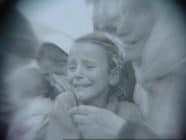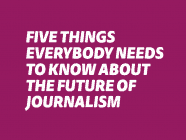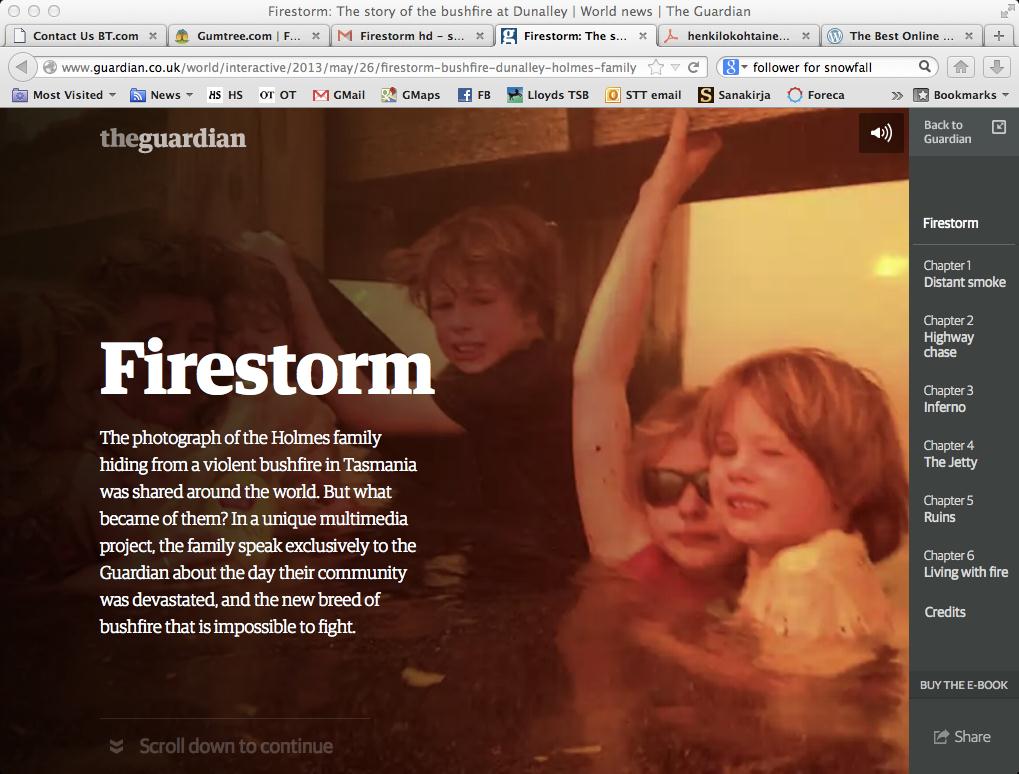Virtual reality journalism is with us to stay, and will become even more realistic and immersive as technology improves. Already, virtual reality (VR) headsets and vivid sound tracks can put a viewer into stunning, 360-degree scenes of a bombed-out town in Syria. They can drop him onto a dark street in Sanford, Florida, as George Zimmerman surveils Trayvon Martin.
It’s only a matter of time until VR simulation looks more and more like the actual event. The slightly chubby, Lego-like characters that populate some of today’s VR will likely begin to look much more like the actual newsmakers — perhaps indistinguishably so.
The power of VR transforms the news viewer’s experience from just learning about events to being in them. It has the potential to attract young viewers to the news as never before.
Before the technology gallops any further, it’s time for an ethical reality check. How real is virtual reality intended to be?
Where’s the line between actual event and the producer’s artistic license? Is VR journalism supposed to be the event itself, an artist’s conception of the event or something akin to a historical novel, “based on a true story”?
Viewers need to know how VR producers expect their work to be perceived, what’s been done to guarantee authenticity and what part of a production may be, frankly, supposition.
This kind of transparency can be accomplished through pre-roll disclosures on VR stories themselves, and by producers creating and posting their own ethics codes. The Online News Association’s Build Your Own Ethics Code project will include a section to help create ethics statements for VR.
Here are some building blocks to consider for these disclosures and codes:
● What’s real? At the Associated Press, our interactive team painstakingly mapped a series of luxury locales in high-resolution imagery for a VR piece on high-end hotels, cruise liners and air travel. Everything in a project like that can be photographed precisely.
But things can become more complicated if a VR modeler wants to re-create a moving, active news event in 3-D on the basis of 2-D photos or video taken at the time. Suppose he wants the viewer to be able to walk entirely around people and objects, viewing them from all angles. Since the 2-D image doesn’t show everything, the modeler has to make a decision. Just hypothesize what the backs and sides of objects look like? Or leave some things a little fuzzy to connote uncertainty?
Unexplained fuzziness will look to the viewer like poor-quality VR work. One remedy might be a disclosure statement that says some elements have intentionally been left unclear because their accuracy can’t be confirmed.
Other disclosures could cover the dialogue, facial expressions and gestures in re-creations of events. Do they come from solid photographic and audio sources? The recollections of witnesses? Police reports? Or the producers’ own estimation of how the events likely occurred? In an NPR interview, Nonny de la Peña of Emblematic Group, whose team created the Syria and Trayvon Martin VR stories, spoke of using techniques developed in documentaries “to re-create a scene that perhaps was not captured on camera, and I think that there’s a lot of best practices that documentarians use to make sure that something’s accurate and I try to bring those to bear in the virtual environment.”
● Image integrity. How much modification of images should be allowed? The AP project included a $50,000-a-night hotel room loaded with mirrors. That made photography hard. In fact, in one scene you can see, reflected in a mirror, the VR camera on a tripod. Some might argue that it’s OK in such a case to digitally remove the camera, since it isn’t normally part of the room. But AP forbids manipulating photographs, so the camera stayed in. Thomas McMullan cites the issue of whether VR editors, working from actual imagery of a news event, should edit out disturbing sights like bloody bodies. A producer could put into his ethics code his policy on manipulating images in VR.
● Are there competing views of what happened? Often there’s controversy over how a newsworthy event unfolded. Producers can post a policy about how they will account for differing viewpoints. The Reynolds Journalism Institute and Dan Archer of Empathetic Media created a VR presentation on the Michael Brown shooting that showed events from the perspectives of several different witnesses.
● What’s the goal of the presentation? VR technology has a powerful ability to inspire empathy for those depicted in their productions. TechCrunch called VR “the empathy machine.”
Clearly, journalism’s job is to bring human drama alive for distant audiences. But creating empathy is a goal beyond just telling a story. If the ultimate aim is to create emotion, a journalist could be tempted to omit balancing or inconvenient information that could interfere with the desired emotional effect.
This can happen with traditional media when the desire to paint a cause or a person in sympathetic tones conflicts with impartial, hard-headed reporting. But the potential for empathy is even greater in the VR world, since viewers can bond far more easily with a 3-D character they’re practically touching. While objective journalism can also generate emotion, VR producers would do well to make clear what the fundamental goal of their journalism is.
For more on this story read Thomas Kent on Medium.com
also read Philip di Salvo’s EJO article on Immersive Journalism
picture credit: Flickr Creative Commons Maurizio Pesce
Tags: Digital Media, ethics, standards, tom kent, virtual reality journalism













































